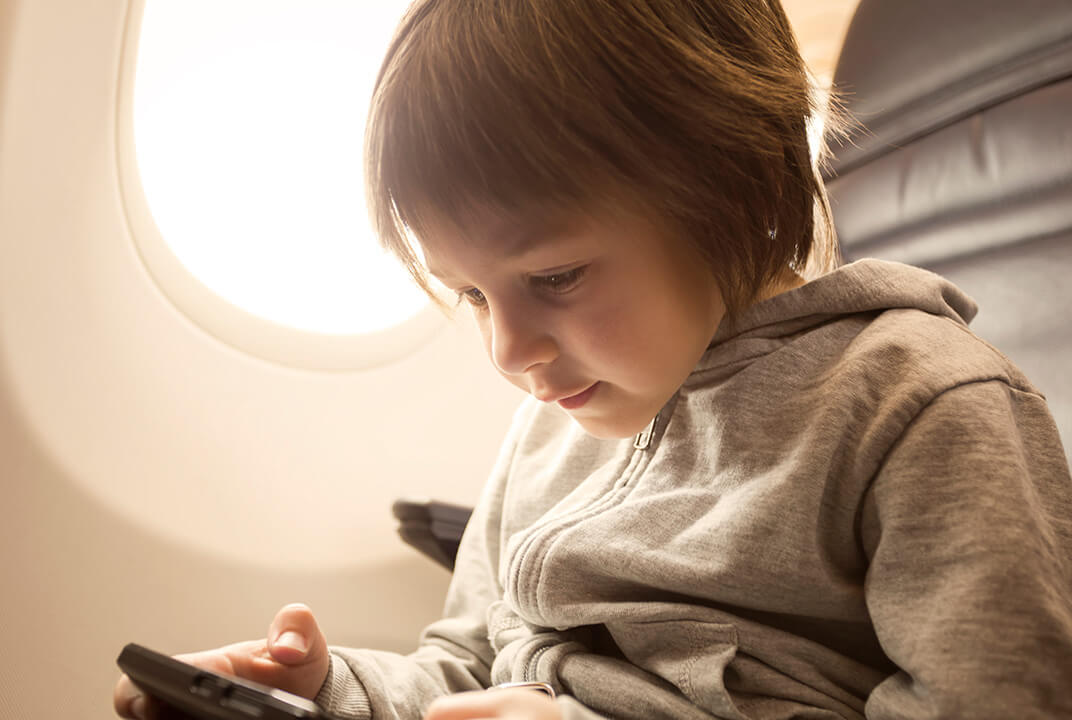Insight | A game of two halves - the Connected World Cup winners and losers
A game of two halves - the Connected World Cup winners and losers
As the global football fans down the days to the start of the FIFA World Cup, Inmarsat VP Phil Meyers takes a look at the four billion people who remain unconnected to the internet, impacting not only their match-watching ability but also their quality of life.
Football fans around the world are counting down the days until this summer’s FIFA World Cup kicks off in Moscow on 14 June. Will Neymar’s fractured foot heal in time? Will Messi or Ronaldo cement their reputation as the greatest of all time? And which nations will make it out of the group stages?
According to FIFA, one billion fans tuned in to watch the 2014 final, with the tournament reaching a television audience of 3.2 billion people – that’s half the planet! But how much higher could this figure have been if more people had access to the internet? After all, fans are not only using a variety of devices such as tablets, phones and laptops to watch the games themselves, but also the power of connectivity to engage in the experience in real time, from apps to text a friend a score update to calling family back home to celebrate a win.
However today, the latest estimates suggest that four billion people around the world are still unconnected to the internet, due to issues such as service availability, affordability or accessibility. In a world where logging on is no longer considered a luxury but a fundamental necessity for social, economic and technological progress, Inmarsat believes that mobile satellite communications will play a significant role in closing the connectivity gap in the next few years. High-throughput satellites, massive non-geostationary satellite orbit constellations and high altitude platform stations will bring pervasive, reliable, affordable connectivity to even the remotest regions.
The International Telecommunications Union’s Connect 2020 Agenda aims for at least 50% of households in developing nations to have internet access in two years’ time so we thought we would find out just how close a reality that was by conducting our own Connectivity World Cup.
We analysed the proportion of households with internet access among participating nations in this summer’s football showcase. Somewhat surprisingly, it was Iceland who took the trophy, with an impressive 98% of its population online, closely followed by its Nordic neighbour Denmark (96%) and England in third position at 94%.
It has been surprising how some countries that are extremely competitive on the pitch haven’t matched this in terms of internet connectivity. Argentina might have won the World Cup twice, but only has 70% of its population online, while Brazil has been a winner five times, yet 40% of its population remains offline. And the biggest surprise? The USA. It won’t even be at the finals this time round – its first absence since 1986 – and has just 76% of its population online.
At the other end of the scale, the poorest performing nations in terms of connectivity were Nigeria (25%), Senegal (25%), Egypt (41%) and Peru (45%) and it is here that satellite connectivity can really be harnessed to help these countries feel less isolated and also deliver social and economic benefits.
For example, we’re already working with the UK Space Agency and local governments to improve healthcare outcomes in Nigeria, by bringing connectivity to a number of remote clinics across the country. Our BGAN voice and data service is enabling the use of several applications, including training videos and information systems, to improve healthcare management in regions where isolated and poor communities have little access to medical care and advice.
So, as you help kids complete sticker albums or make plans to meet friends for the big game, it’s worth sparing a thought for those who won’t be able to tune in; those for whom remaining unconnected to the internet doesn’t just impact their match-watching ability, but also their quality of life. There may not be a quick fix, but the unparalleled coverage, reliability, mobility and flexibility afforded by global mobile satellite systems makes them the most suitable solution for expanding the reach of the internet into rural and remote areas.
| Country | Percentage of population online |
| Iceland | 98% |
| Denmark | 96% |
| England | 94% |
| Japan | 93% |
| South Korea | 92% |
| Germany | 89% |
| Switzerland | 89% |
| Sweden | 89% |
| Australia | 88% |
| Belgium | 86% |
| France | 85% |
| Spain | 80% |
| Russia | 73% |
| Poland | 73% |
| Saudi Arabia | 73% |
| Croatia | 72% |
| Portugal | 70% |
| Argentina | 70% |
| Serbia | 67% |
| Uruguay | 66% |
| Costa Rica | 66% |
| Brazil | 60% |
| Mexico | 59% |
| Colombia | 58% |
| Morocco | 58% |
| Panama | 54% |
| Iran | 53% |
| Tunisia | 49% |
| Peru | 45% |
| Egypt | 41% |
| Senegal | 25% |
| Nigeria | 25% |
About the author
Philip Meyers is VP of Capability and Innovation for Inmarsat Enterprise. He has almost 15 years of experience in telecommunications and has spent the last few years concentrating on satellite solutions for consumers, and developing Inmarsat’s technology agnostic LPWAN strategy. Passionate about technology and communications, Mr. Meyers implemented the first public LoRa network in the City of London, allowing applications in both asset tracking and smart building management, using satellite as a backhaul.


